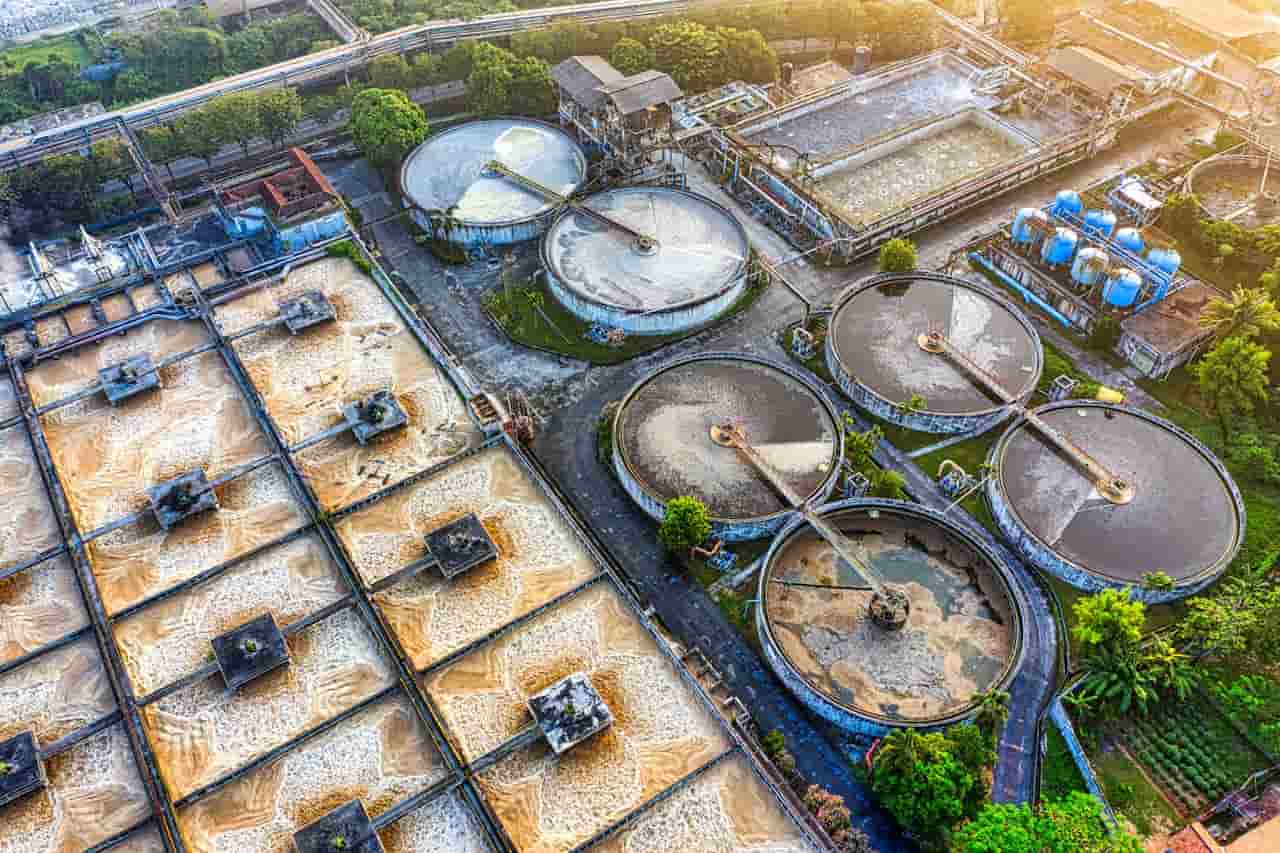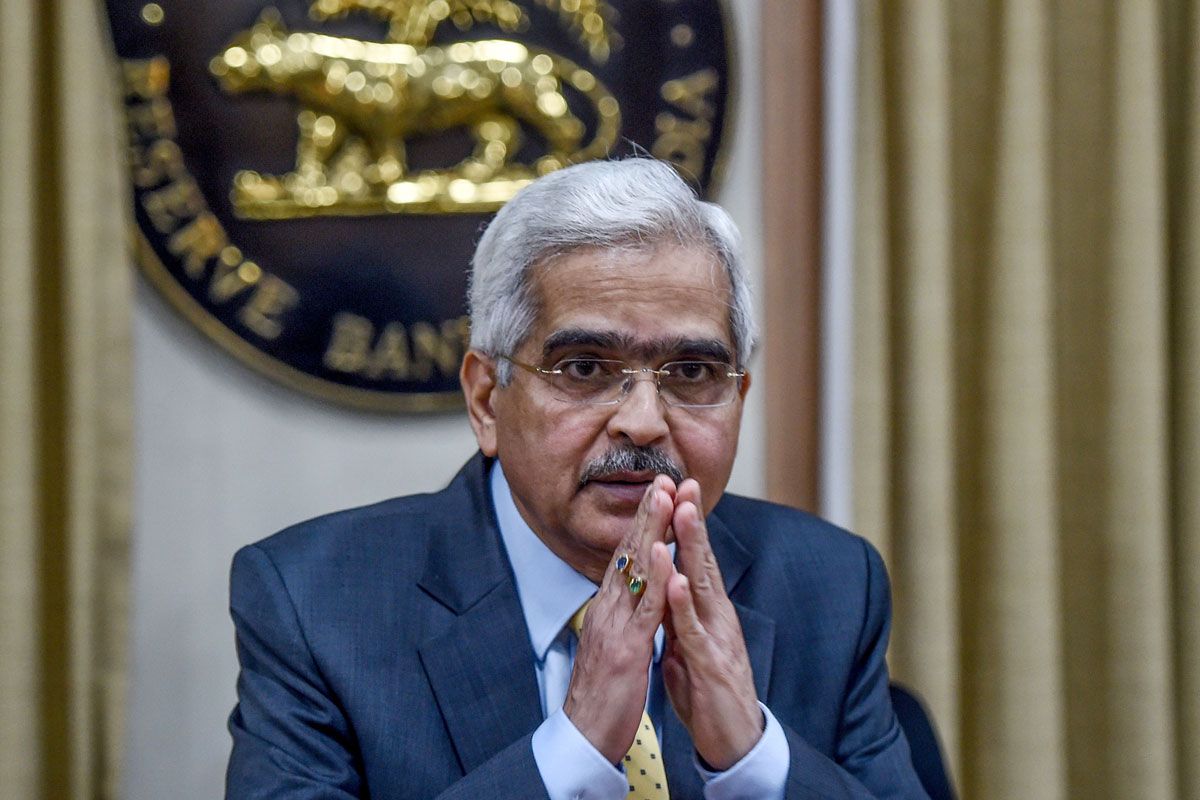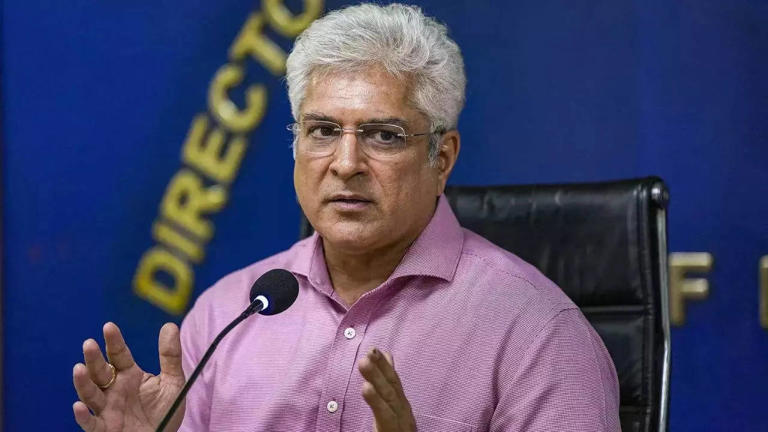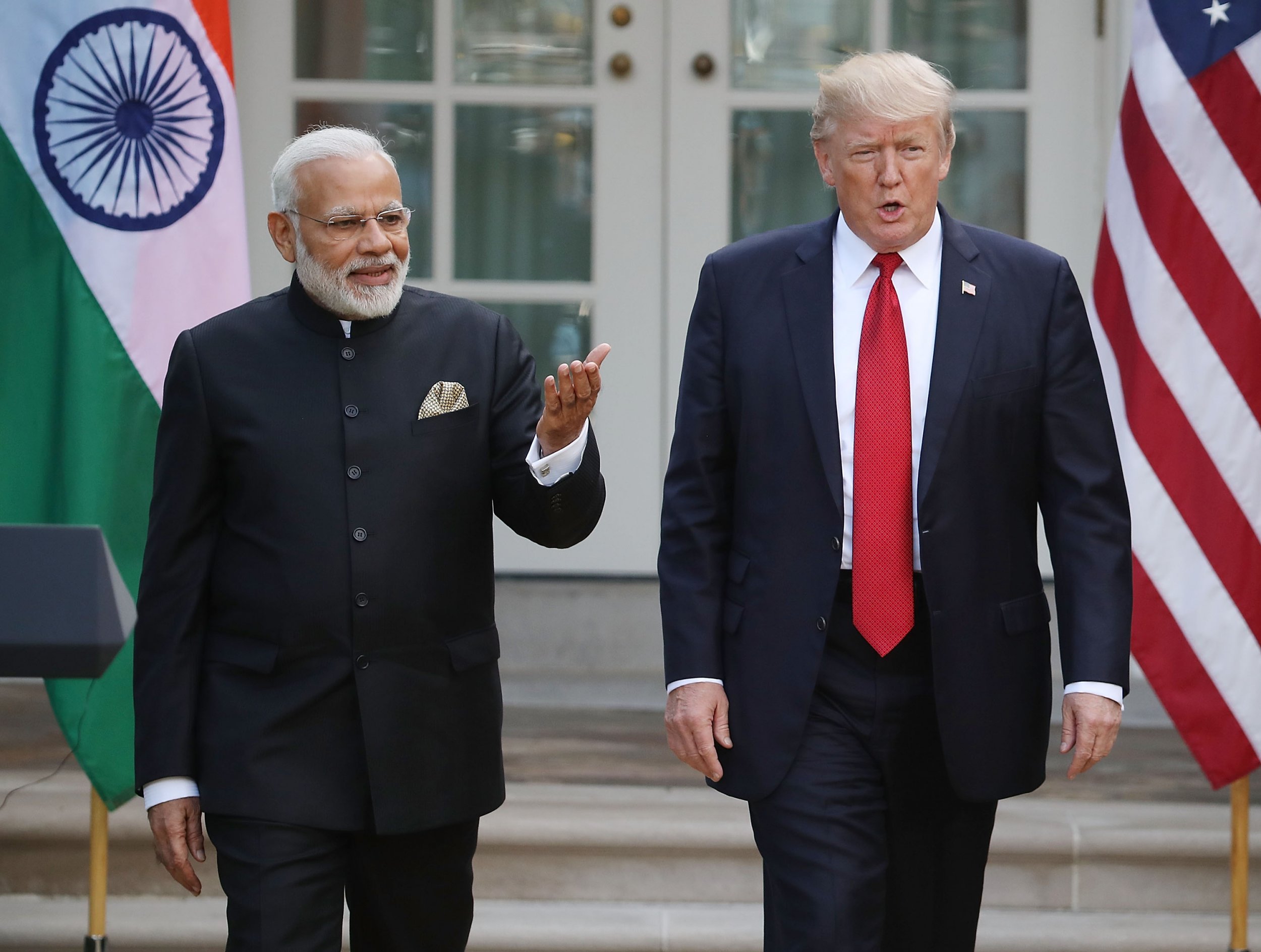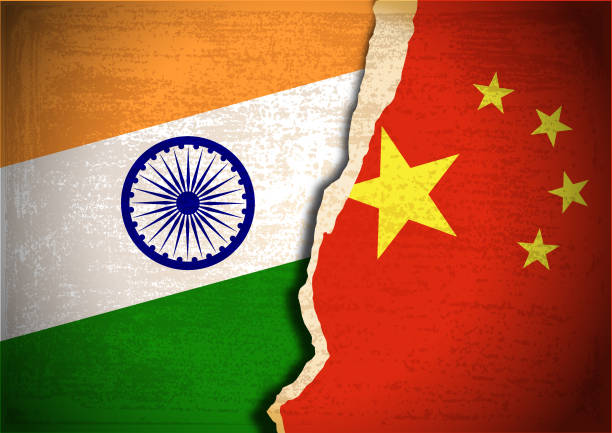Home / arunachal-pradesh / Arunachal Frontier Highway: Strengthening India's Border Security and Countering China's Expansion
Arunachal Frontier Highway: Strengthening India's Border Security and Countering China's Expansion
By: My India Times
4 minutes read 81Updated At: 2025-03-04

The Arunachal Frontier Highway is one of those big projects in India that's getting a lot of attention. It’s all about beefing up security on the northeastern border and keeping an eye on China’s moves. This highway is cutting across the tough environments of Arunachal Pradesh, and it’s not just about building roads; it’s a smart step to boost India’s presence along the Line of Actual Control (LAC).
A Strategic Response to China's Border Developments
The Arunachal Frontier Highway, officially designated as National Highway 913 (NH-913), is designed to enhance India's defense preparedness. The project, spanning between 1,637 km and 2,000 km, comes with an estimated cost of Rs 42,000 crore. The highway will run almost parallel to the LAC, at some points as close as 20 km to the border. This infrastructure initiative is a direct response to China’s rapid development of border villages and military infrastructure in Tibet’s Autonomous Region.
Union Minister Kiren Rijiju and Arunachal Pradesh Chief Minister Pema Khandu have strongly supported this project. Rijiju calls it “a strategic necessity that no amount of Chinese pressure will stop,” while Khandu emphasizes its importance in preventing a repeat of the 1962 war.
Boosting Military Mobility and Strategic Superiority
One of the primary objectives of the highway is to improve troop mobility and logistics for the Indian Army. The highway will facilitate seamless movement across different river valleys, making it easier for military units to deploy quickly in case of any escalation along the border. By significantly reducing response time and logistical hurdles, the highway will serve as a crucial advantage for India’s armed forces in countering China's aggressive posturing.
The project also aligns with the broader efforts of the Indian government, under the National Democratic Alliance (NDA), to enhance border infrastructure since 2014. Over the years, India has intensified its efforts to bridge the infrastructure gap with China, particularly after the prolonged military standoff in eastern Ladakh since 2020.
China’s Expanding Influence and India's Infrastructure Push
Reports indicate that China has built more than 600 border villages along the LAC since 2018, with satellite imagery showing continued expansion in areas such as Nyingchi and Lhokha, near Arunachal Pradesh. Many of these villages are suspected of serving dual purposes—both as civilian settlements and potential military outposts. Such developments raise serious concerns regarding China's long-term strategy in the region.
India’s decision to construct the Arunachal Frontier Highway is a strategic move to counterbalance China’s aggressive expansionism. With its extensive network of highways, high-speed railways, and military installations, China has long enjoyed an upper hand in terms of infrastructure near the LAC. However, the completion of NH-913 is expected to level the playing field, giving India the capability to swiftly deploy forces and improve surveillance in the region.
Overcoming Terrain Challenges and Engineering Feats
The highway’s construction poses significant engineering challenges due to Arunachal Pradesh’s difficult terrain. The project involves building tunnels, bridges, and high-altitude roads at elevations exceeding 4,500 meters. The Border Roads Organisation (BRO) and the National Highways and Infrastructure Development Corporation Limited (NHIDCL) are spearheading the project, using advanced tunneling techniques and state-of-the-art machinery.
Despite these challenges, India is committed to completing the highway in phases, with the first 192 km currently under development. The government has allocated Rs 6,000 crore for the initial phase, with the target for full completion set for March 2027.
Economic and Social Impact on Border Communities
While national security remains the driving force behind the highway, its economic and social benefits cannot be overlooked. Many remote villages in Arunachal Pradesh lack proper connectivity, leading to migration and depopulation. China has capitalized on such vulnerabilities by creating ‘border defense villages’ to assert its territorial claims.
The Arunachal Frontier Highway will bring much-needed infrastructure to these border regions, providing better access to healthcare, education, and employment opportunities. Additionally, the highway will boost tourism in scenic locations like Tawang and Mechuka, further integrating Arunachal Pradesh into India’s economic mainstream.
Geopolitical Implications and China's Reaction
China has repeatedly objected to India’s infrastructure projects in Arunachal Pradesh, often asserting its claim over the state as ‘South Tibet.’ Beijing has even gone as far as renaming places within Arunachal Pradesh to reinforce its territorial claims. The construction of NH-913 has already been labeled a ‘provocation’ by Chinese state media, raising concerns that Beijing may respond with heightened military activity along the LAC.
However, India has made it clear that such objections will not deter its developmental and security initiatives. New Delhi remains firm in its stance that infrastructure development in Arunachal Pradesh is a sovereign matter and crucial for the region’s growth and stability.
The Road Ahead: Strengthening India's Position
The Arunachal Frontier Highway is more than just a road; it symbolizes India’s determination to secure its borders, support its frontier communities, and counter China’s expansionist policies. As sections of the highway become operational in the coming years, it will play a pivotal role in India’s border defense strategy and economic upliftment of the northeastern region.
With continued political will, strategic funding, and technological advancements, NH-913 is set to redefine India’s presence in the Himalayas. By 2027, when the full stretch of the highway is completed, it will stand as a testament to India’s commitment to both national security and regional development, ensuring that Arunachal Pradesh remains an integral part of the country’s future growth and defense framework.
....
The Arunachal Frontier Highway is one of those big projects in India that's getting a lot of attention. It’s all about beefing up security on the northeastern border and keeping an eye on China’s moves. This highway is cutting across the tough environments of Arunachal Pradesh, and it’s not just about building roads; it’s a smart step to boost India’s presence along the Line of Actual Control (LAC).
A Strategic Response to China's Border Developments
The Arunachal Frontier Highway, officially designated as National Highway 913 (NH-913), is designed to enhance India's defense preparedness. The project, spanning between 1,637 km and 2,000 km, comes with an estimated cost of Rs 42,000 crore. The highway will run almost parallel to the LAC, at some points as close as 20 km to the border. This infrastructure initiative is a direct response to China’s rapid development of border villages and military infrastructure in Tibet’s Autonomous Region.
Union Minister Kiren Rijiju and Arunachal Pradesh Chief Minister Pema Khandu have strongly supported this project. Rijiju calls it “a strategic necessity that no amount of Chinese pressure will stop,” while Khandu emphasizes its importance in preventing a repeat of the 1962 war.
Boosting Military Mobility and Strategic Superiority
One of the primary objectives of the highway is to improve troop mobility and logistics for the Indian Army. The highway will facilitate seamless movement across different river valleys, making it easier for military units to deploy quickly in case of any escalation along the border. By significantly reducing response time and logistical hurdles, the highway will serve as a crucial advantage for India’s armed forces in countering China's aggressive posturing.
The project also aligns with the broader efforts of the Indian government, under the National Democratic Alliance (NDA), to enhance border infrastructure since 2014. Over the years, India has intensified its efforts to bridge the infrastructure gap with China, particularly after the prolonged military standoff in eastern Ladakh since 2020.
China’s Expanding Influence and India's Infrastructure Push
Reports indicate that China has built more than 600 border villages along the LAC since 2018, with satellite imagery showing continued expansion in areas such as Nyingchi and Lhokha, near Arunachal Pradesh. Many of these villages are suspected of serving dual purposes—both as civilian settlements and potential military outposts. Such developments raise serious concerns regarding China's long-term strategy in the region.
India’s decision to construct the Arunachal Frontier Highway is a strategic move to counterbalance China’s aggressive expansionism. With its extensive network of highways, high-speed railways, and military installations, China has long enjoyed an upper hand in terms of infrastructure near the LAC. However, the completion of NH-913 is expected to level the playing field, giving India the capability to swiftly deploy forces and improve surveillance in the region.
Overcoming Terrain Challenges and Engineering Feats
The highway’s construction poses significant engineering challenges due to Arunachal Pradesh’s difficult terrain. The project involves building tunnels, bridges, and high-altitude roads at elevations exceeding 4,500 meters. The Border Roads Organisation (BRO) and the National Highways and Infrastructure Development Corporation Limited (NHIDCL) are spearheading the project, using advanced tunneling techniques and state-of-the-art machinery.
Despite these challenges, India is committed to completing the highway in phases, with the first 192 km currently under development. The government has allocated Rs 6,000 crore for the initial phase, with the target for full completion set for March 2027.
Economic and Social Impact on Border Communities
While national security remains the driving force behind the highway, its economic and social benefits cannot be overlooked. Many remote villages in Arunachal Pradesh lack proper connectivity, leading to migration and depopulation. China has capitalized on such vulnerabilities by creating ‘border defense villages’ to assert its territorial claims.
The Arunachal Frontier Highway will bring much-needed infrastructure to these border regions, providing better access to healthcare, education, and employment opportunities. Additionally, the highway will boost tourism in scenic locations like Tawang and Mechuka, further integrating Arunachal Pradesh into India’s economic mainstream.
Geopolitical Implications and China's Reaction
China has repeatedly objected to India’s infrastructure projects in Arunachal Pradesh, often asserting its claim over the state as ‘South Tibet.’ Beijing has even gone as far as renaming places within Arunachal Pradesh to reinforce its territorial claims. The construction of NH-913 has already been labeled a ‘provocation’ by Chinese state media, raising concerns that Beijing may respond with heightened military activity along the LAC.
However, India has made it clear that such objections will not deter its developmental and security initiatives. New Delhi remains firm in its stance that infrastructure development in Arunachal Pradesh is a sovereign matter and crucial for the region’s growth and stability.
The Road Ahead: Strengthening India's Position
The Arunachal Frontier Highway is more than just a road; it symbolizes India’s determination to secure its borders, support its frontier communities, and counter China’s expansionist policies. As sections of the highway become operational in the coming years, it will play a pivotal role in India’s border defense strategy and economic upliftment of the northeastern region.
With continued political will, strategic funding, and technological advancements, NH-913 is set to redefine India’s presence in the Himalayas. By 2027, when the full stretch of the highway is completed, it will stand as a testament to India’s commitment to both national security and regional development, ensuring that Arunachal Pradesh remains an integral part of the country’s future growth and defense framework.
By: My India Times
Updated At: 2025-03-04
Tags: arunachal-pradesh News | My India Times News | Trending News | Travel News
Join our WhatsApp Channel










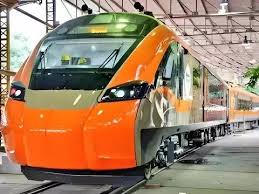


































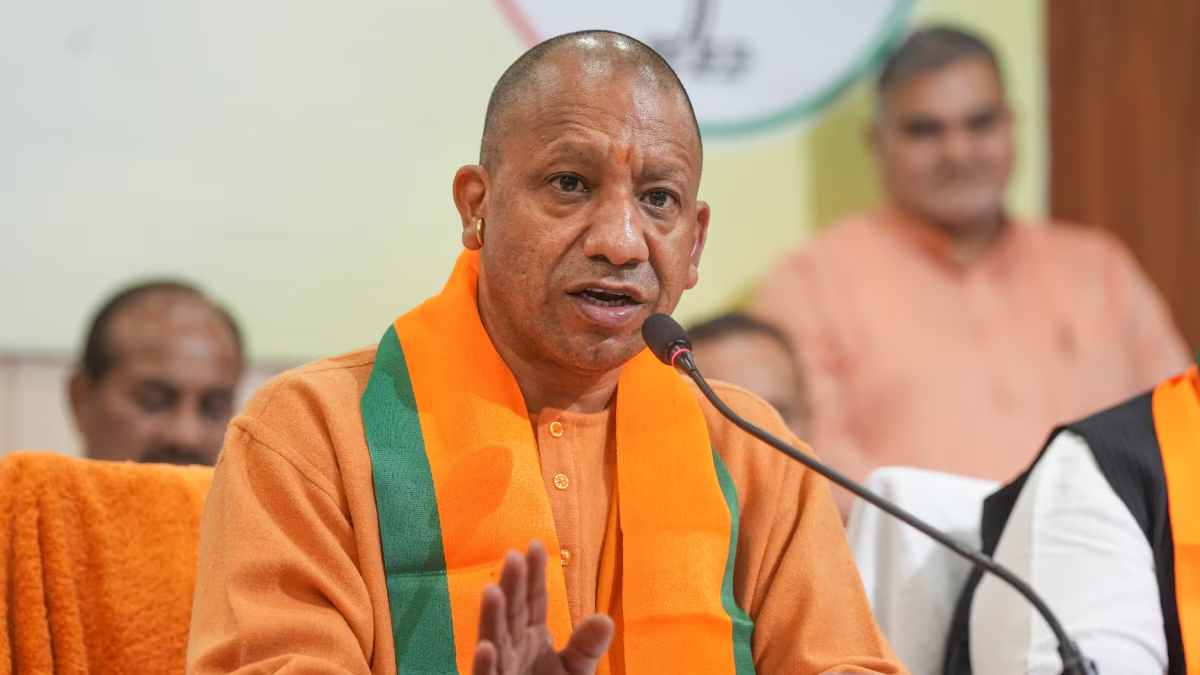
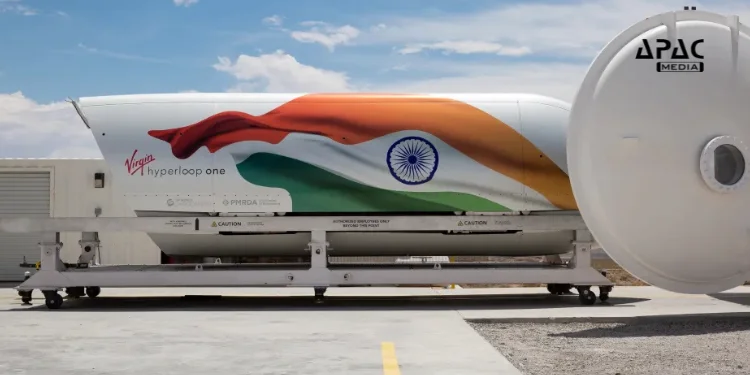



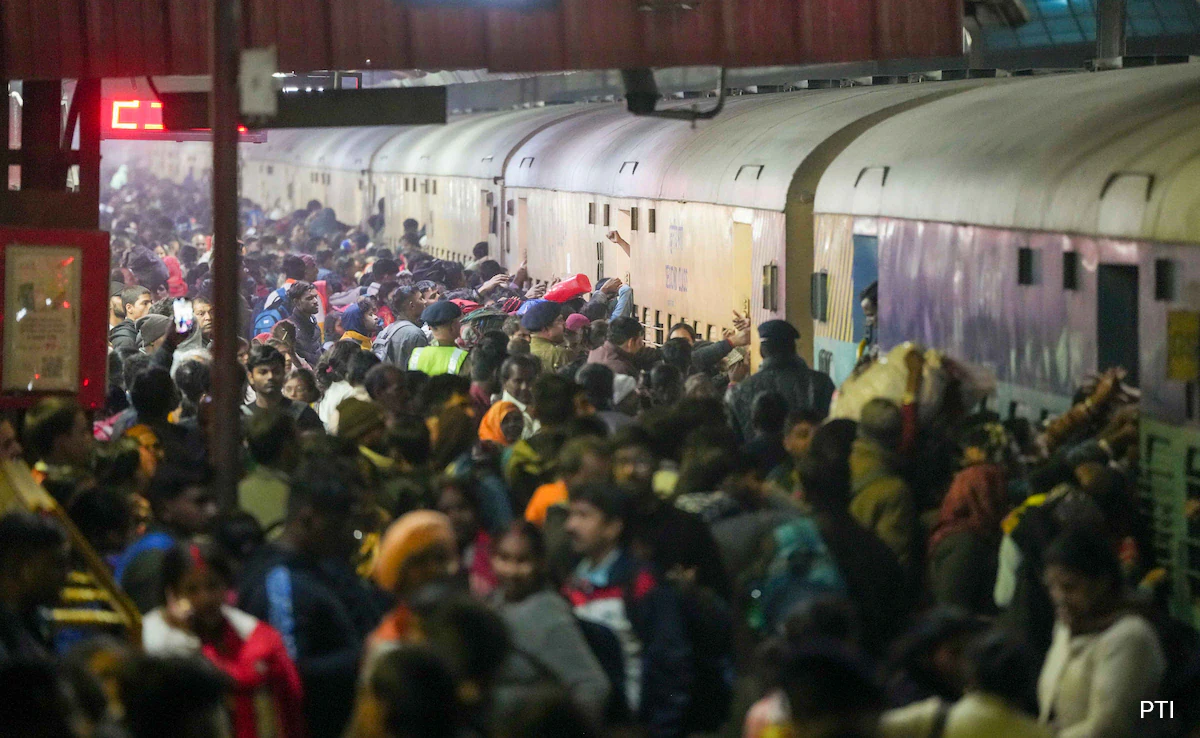
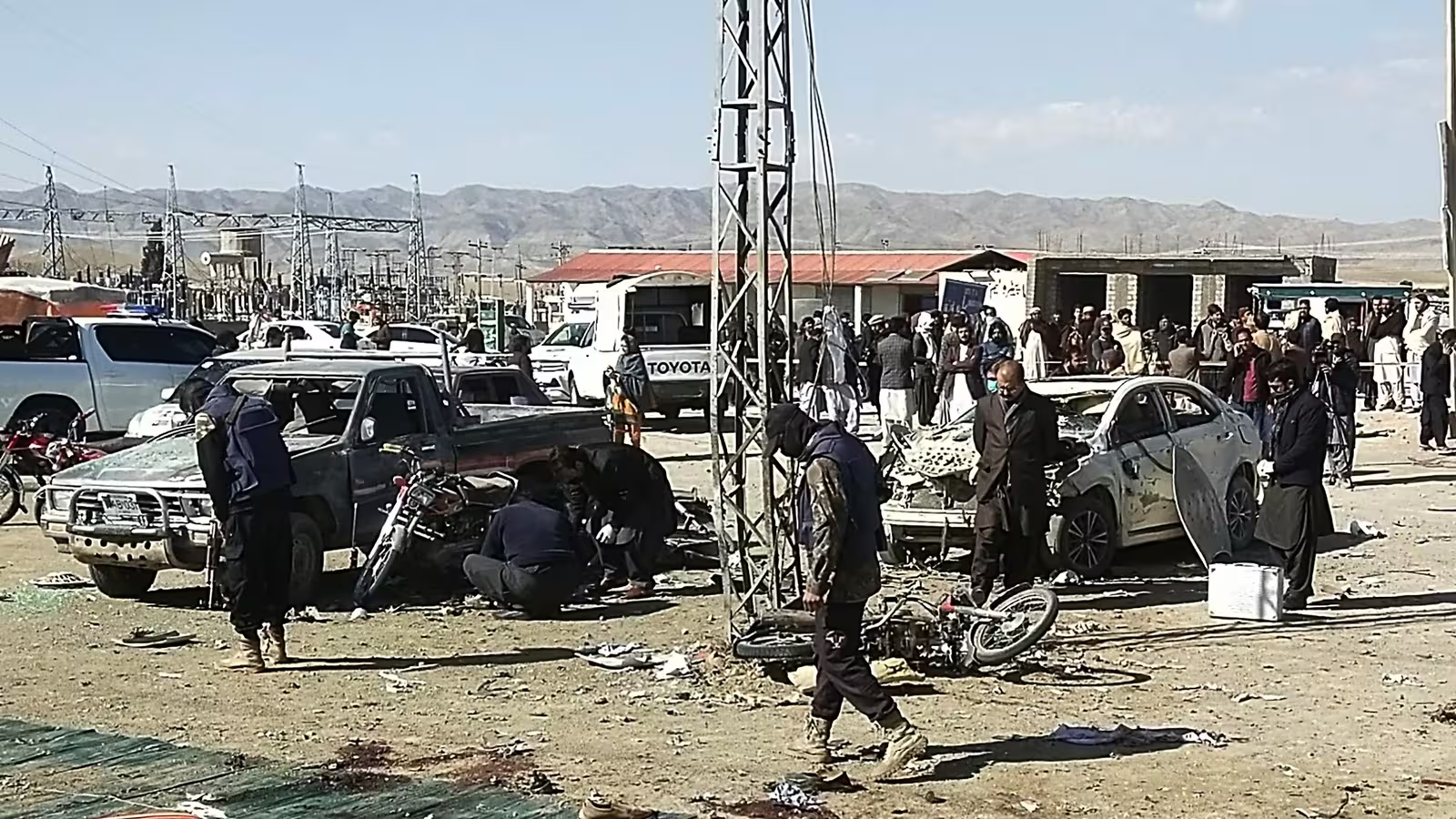



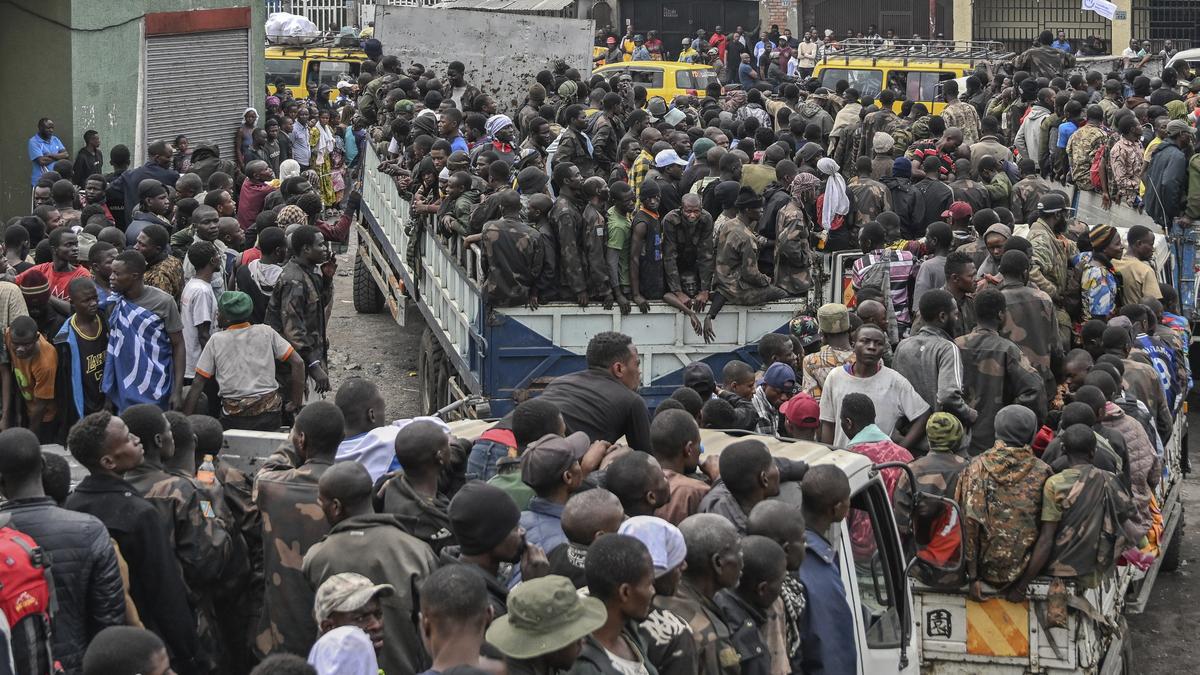
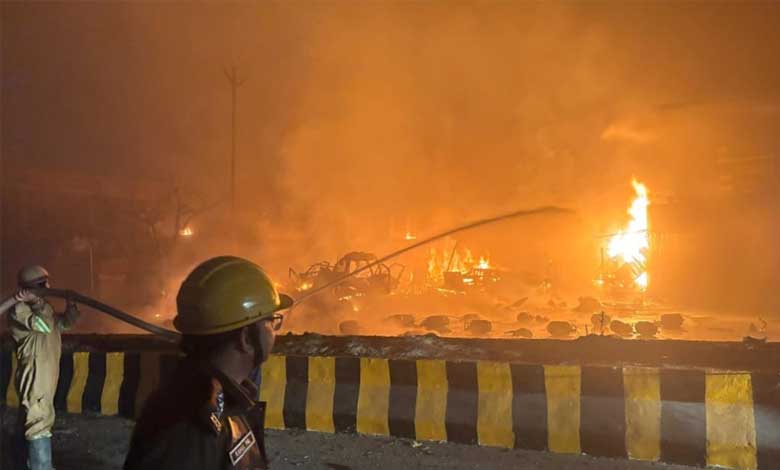



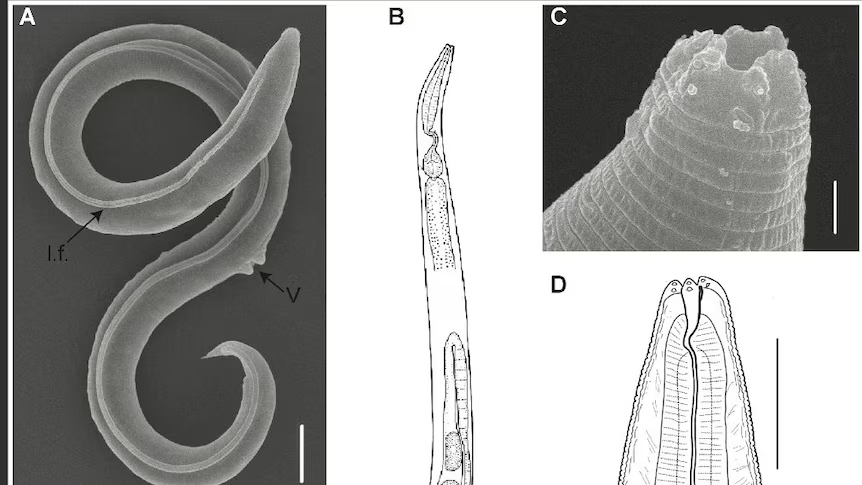









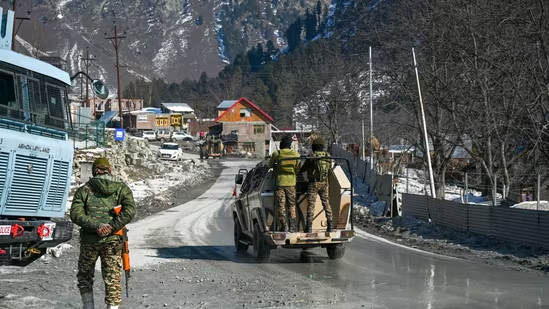

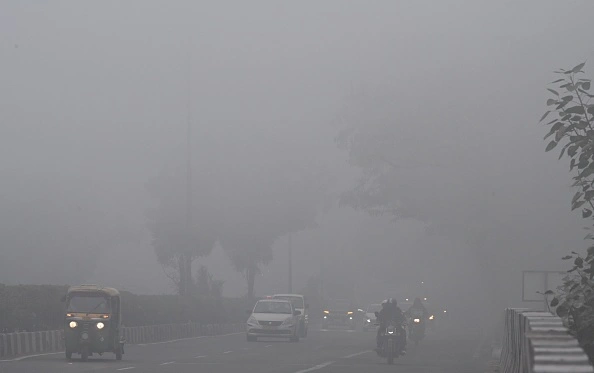

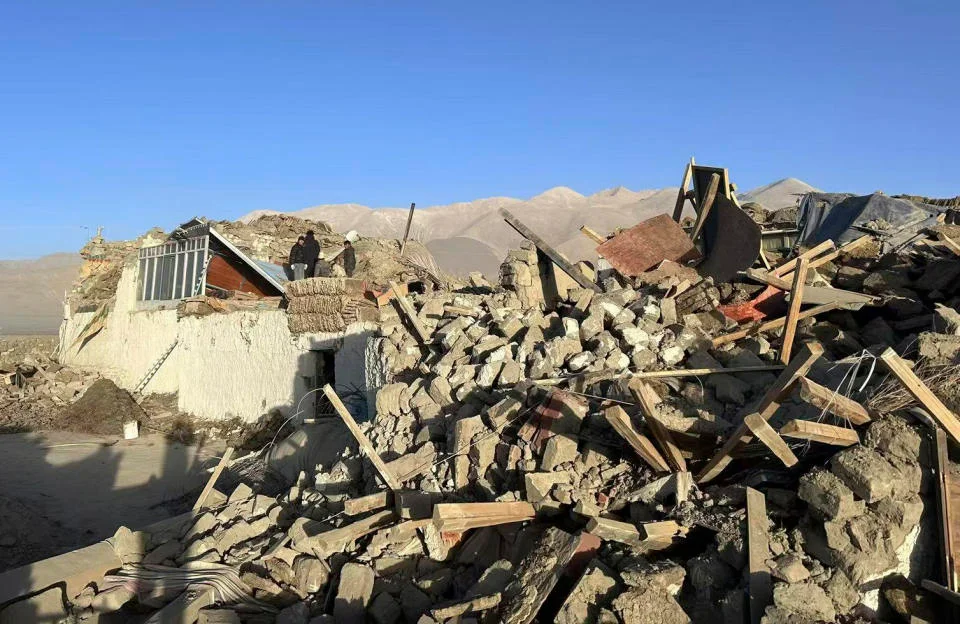




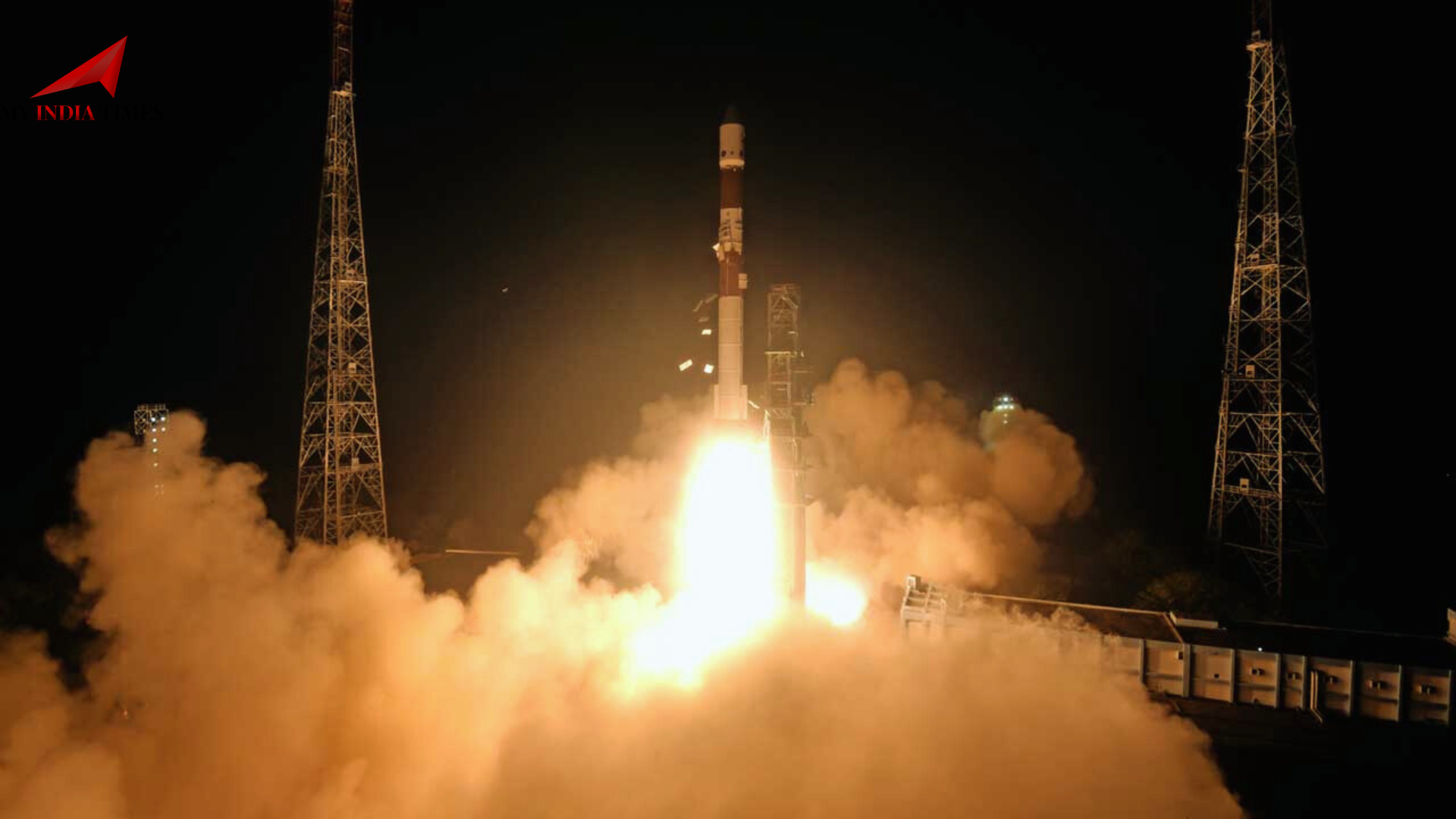

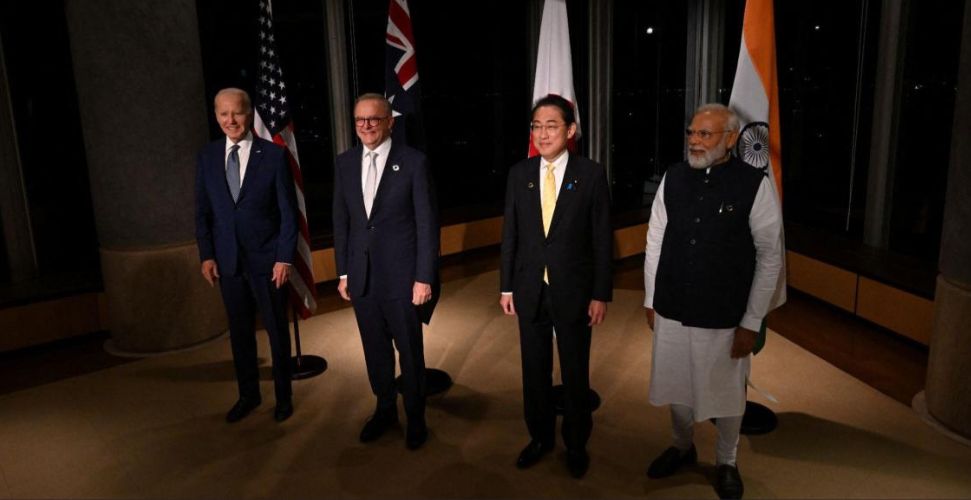

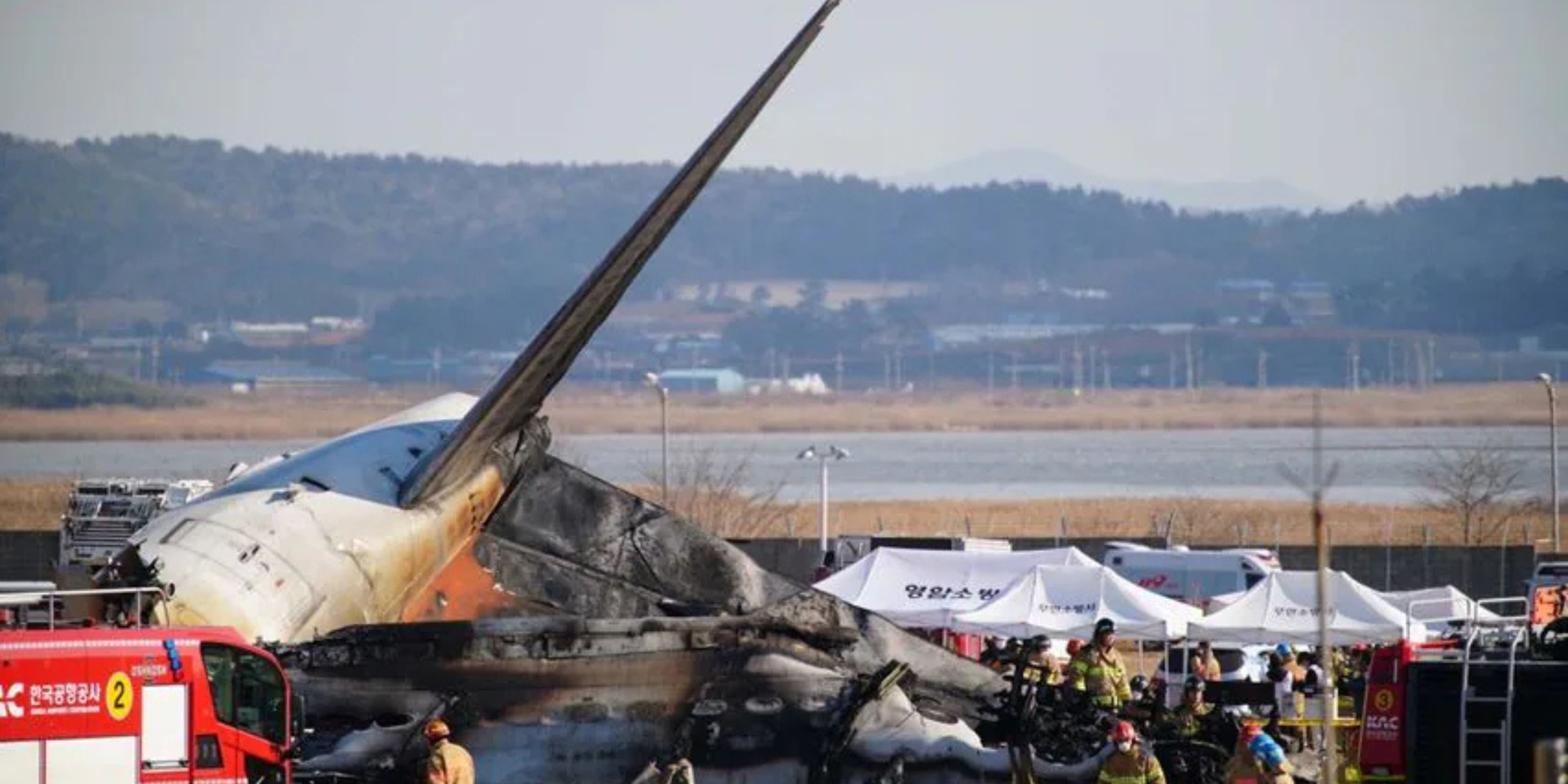


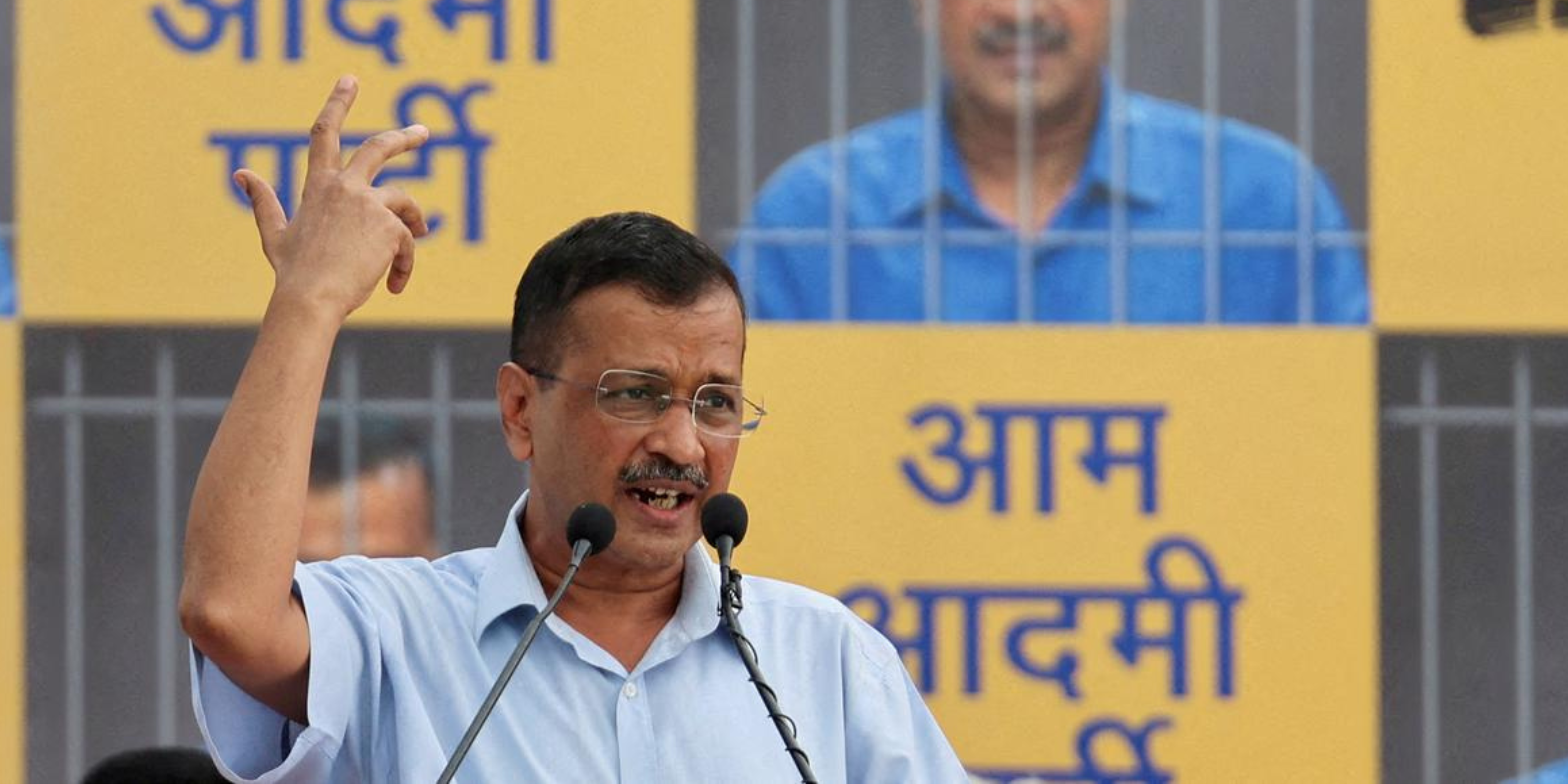








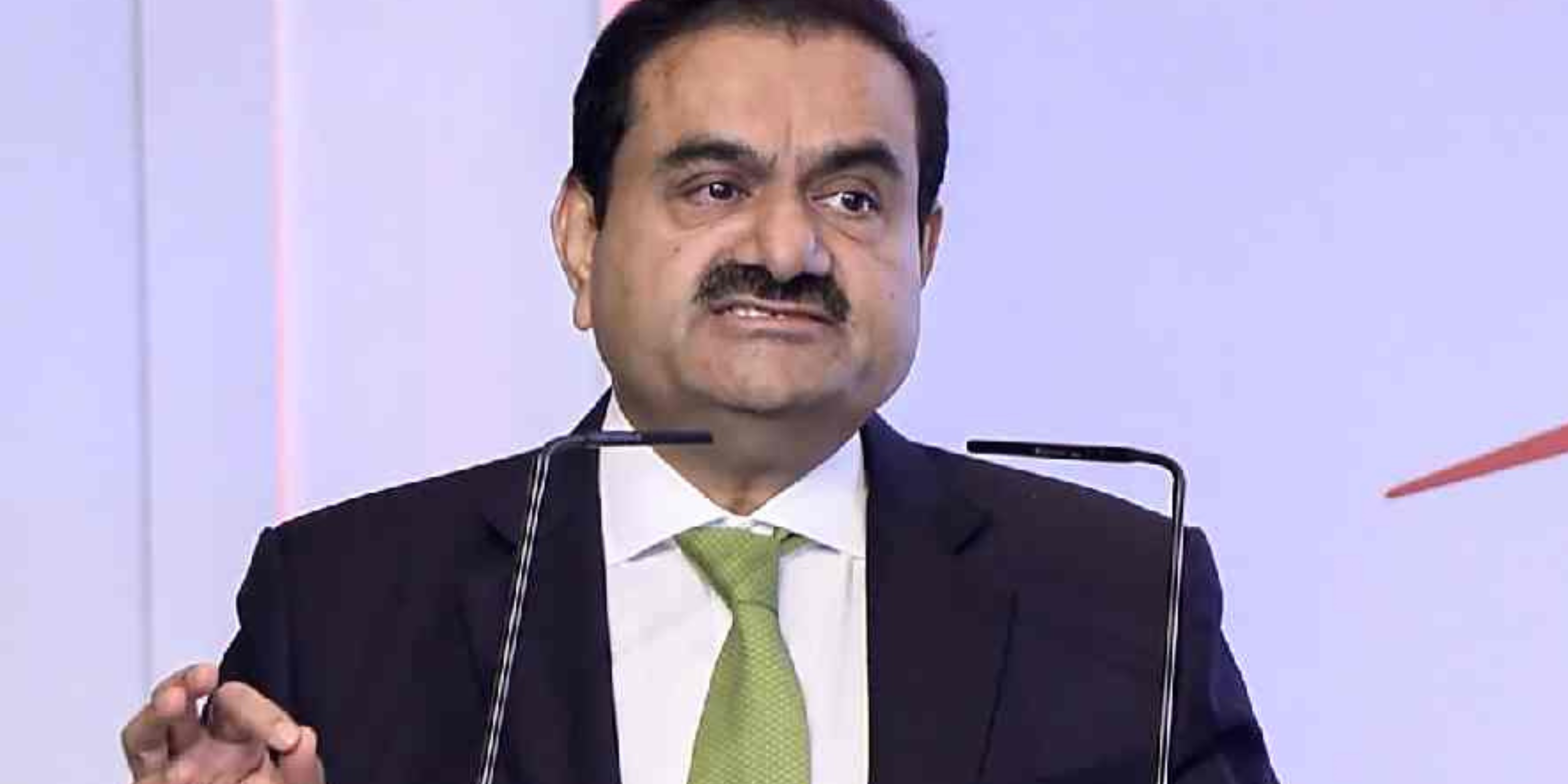



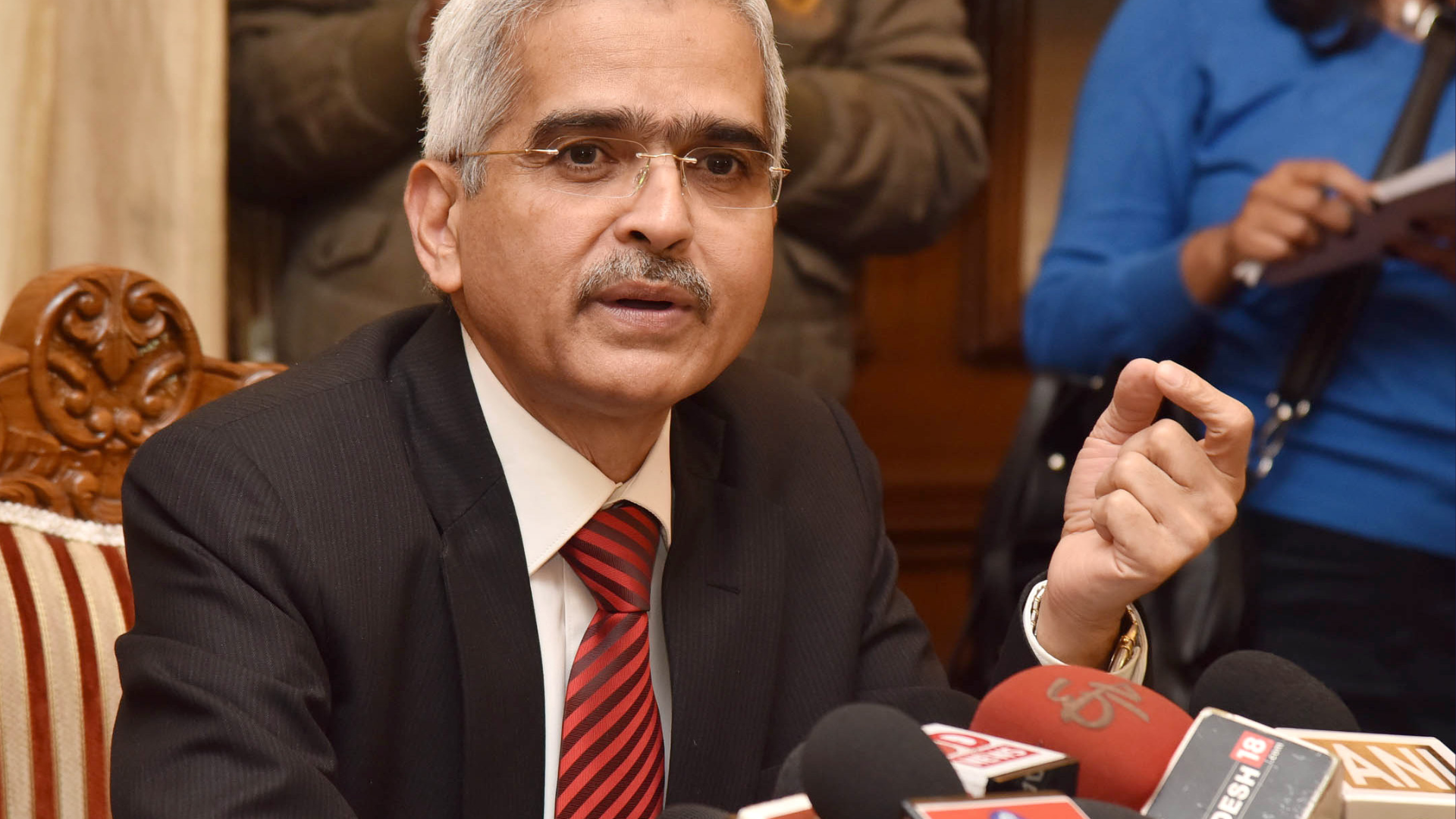



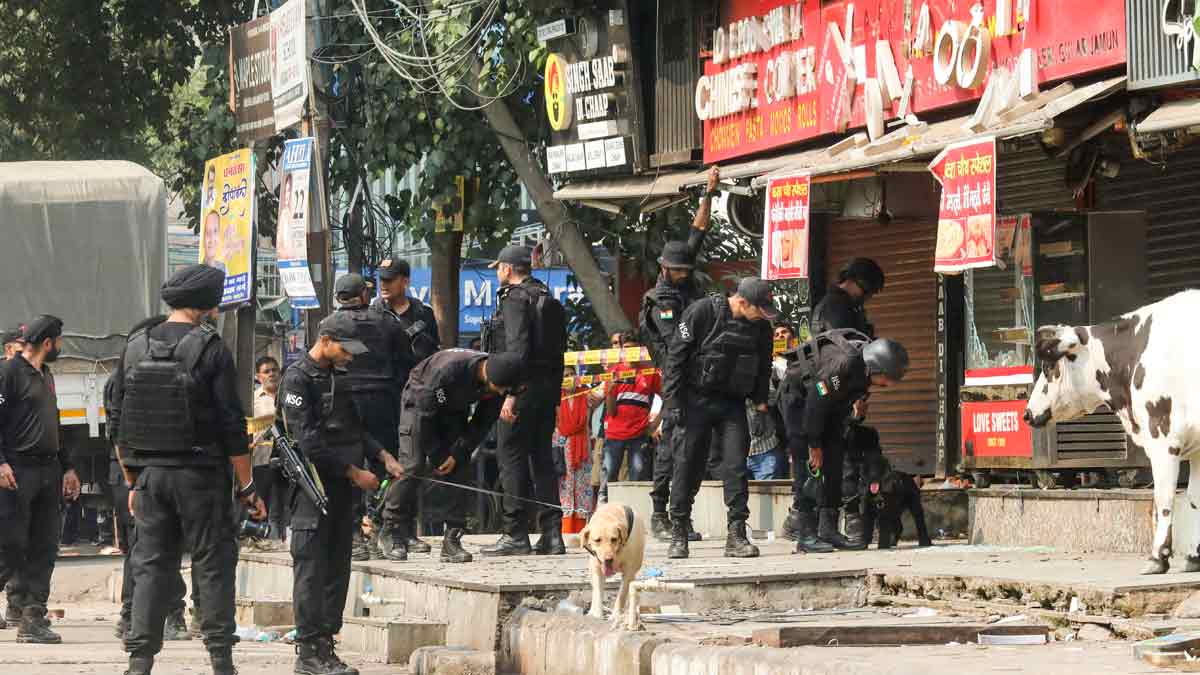
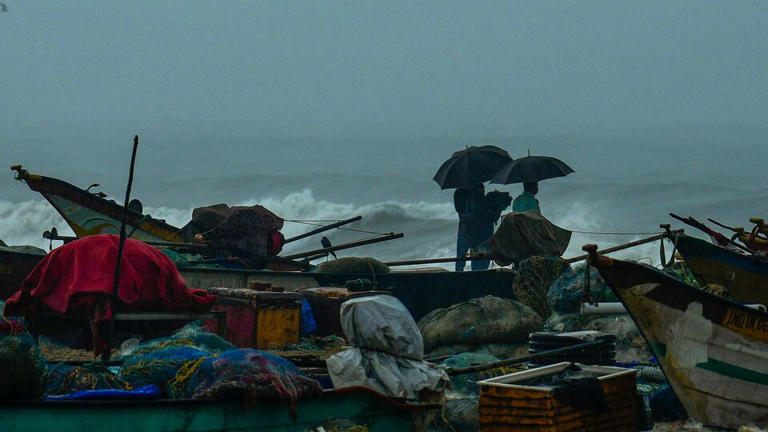


.png)
 (1).png)
